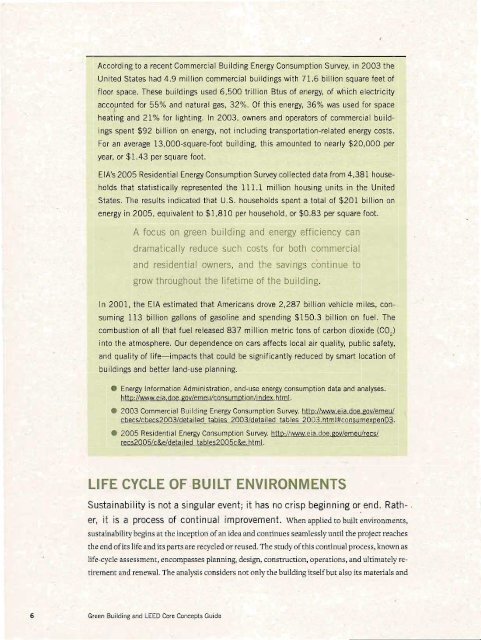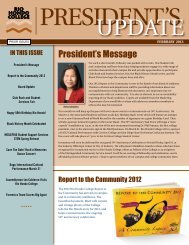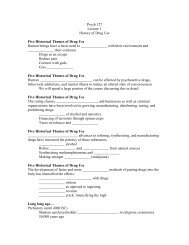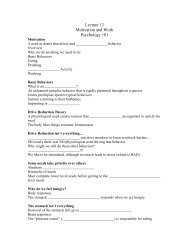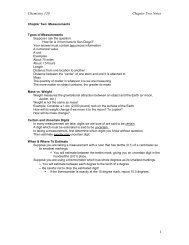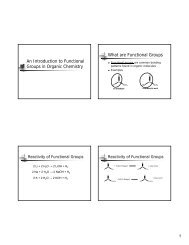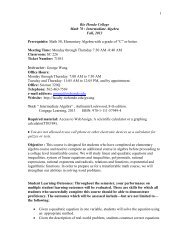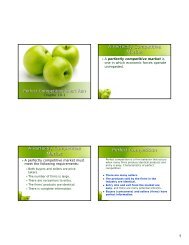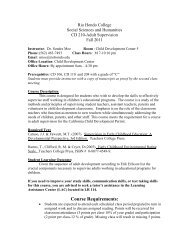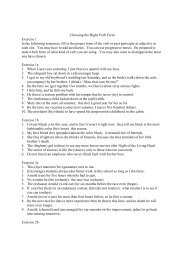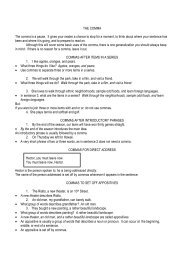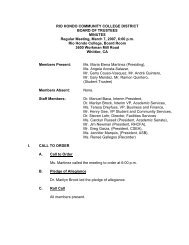Green Building and LEED Core Concepts Guide First Edition
Green Building and LEED Core Concepts Guide First Edition
Green Building and LEED Core Concepts Guide First Edition
Create successful ePaper yourself
Turn your PDF publications into a flip-book with our unique Google optimized e-Paper software.
According to a recent Commercial <strong>Building</strong> Energy Consumption Survey, in 2003 the<br />
United States had 4.9 million commercial buildings with 71.6 billion square feet of<br />
floor space . These buildings used 6,500 trillion Btus of energy, of which electricity<br />
acco1unted for 55% <strong>and</strong> natural gas, 32%. Of this energy, 36% was used for space<br />
heating <strong>and</strong> 21% for lighting. In 2003, owners <strong>and</strong> operators of commercial buildings<br />
spent $92 billion on energy, not including transportation-related energy costs.<br />
For an average 13,000-square-foot building, this amounted to nearly $20,000 per<br />
year, or $1.43 per square foot.<br />
EIA's 2005 Residential Energy Consumption Survey collected data from 4,381 households<br />
that statistically represented the 111.1 million housing units in the United<br />
States. The results indicated that U.S. households spent a total of $201 billion on<br />
energy in 2005, equivalent to $1,810 per household, or $0.83 per square foot.<br />
A focus on green bu ilding <strong>and</strong> energy efficiency ca n<br />
dramatically reduce such costs for both commercial<br />
<strong>and</strong> residentia l owners, <strong>and</strong> the savings continue to<br />
grow throughout the lifetime of the building.<br />
In 2001, the EIA estimated that Americans drove 2,287 billion vehicle miles, consuming<br />
113 billion gallons of gasoline <strong>and</strong> spending $150.3 billion on fue l. The<br />
combustion of all that fuel released 837 million metric tons of carbon dioxide (C0 2<br />
l<br />
into the atmosphere. Our dependence on cars affects local air quality, public safety,<br />
<strong>and</strong> quality of life-impacts that could be signi ficantly reduced by smart location of<br />
buildings <strong>and</strong> better l<strong>and</strong>-use planning.<br />
• Energy Information Administration. end-use energy consumption data <strong>and</strong> analyses.<br />
httc;l!www.eia.doe.govlemeukonsumpHon!jndex.html.<br />
• 2003 Commercial <strong>Building</strong> Energy Consumption Survey. http:Uwww.e1a.doe.gov/emeu/<br />
cbecsJcbecs2003ldetailed tables 2003ldetailed tables 2003,html#consumexpen03.<br />
• 2005 Residential Energy Consumption Survey. htto:l/www.eja,doe.goylemeulrecs/<br />
recs2005!c&efdetailed tables2005c&e,html.<br />
LIFE CYCLE OF BUILT ENVIRONMENTS<br />
Sustainability is not a singular event; it h~s no crisp beginning or end. Rath- .<br />
er, it is a process of continual improvement. When applied to built environments.<br />
sustainability begins at the inception of an idea <strong>and</strong> continues seamlessly until the project reaches<br />
the end of its life <strong>and</strong> its pans are recycled or reused. The srudy of this continual process, known as<br />
life-cycle assessment, encompasses planning, design, construction, operations, <strong>and</strong> ultimately retirement<br />
<strong>and</strong> renewal. The analysis considers not only the building itself but also its materials <strong>and</strong><br />
6<br />
<strong>Green</strong> <strong>Building</strong> <strong>and</strong> <strong>LEED</strong> <strong>Core</strong> <strong>Concepts</strong> GUide


